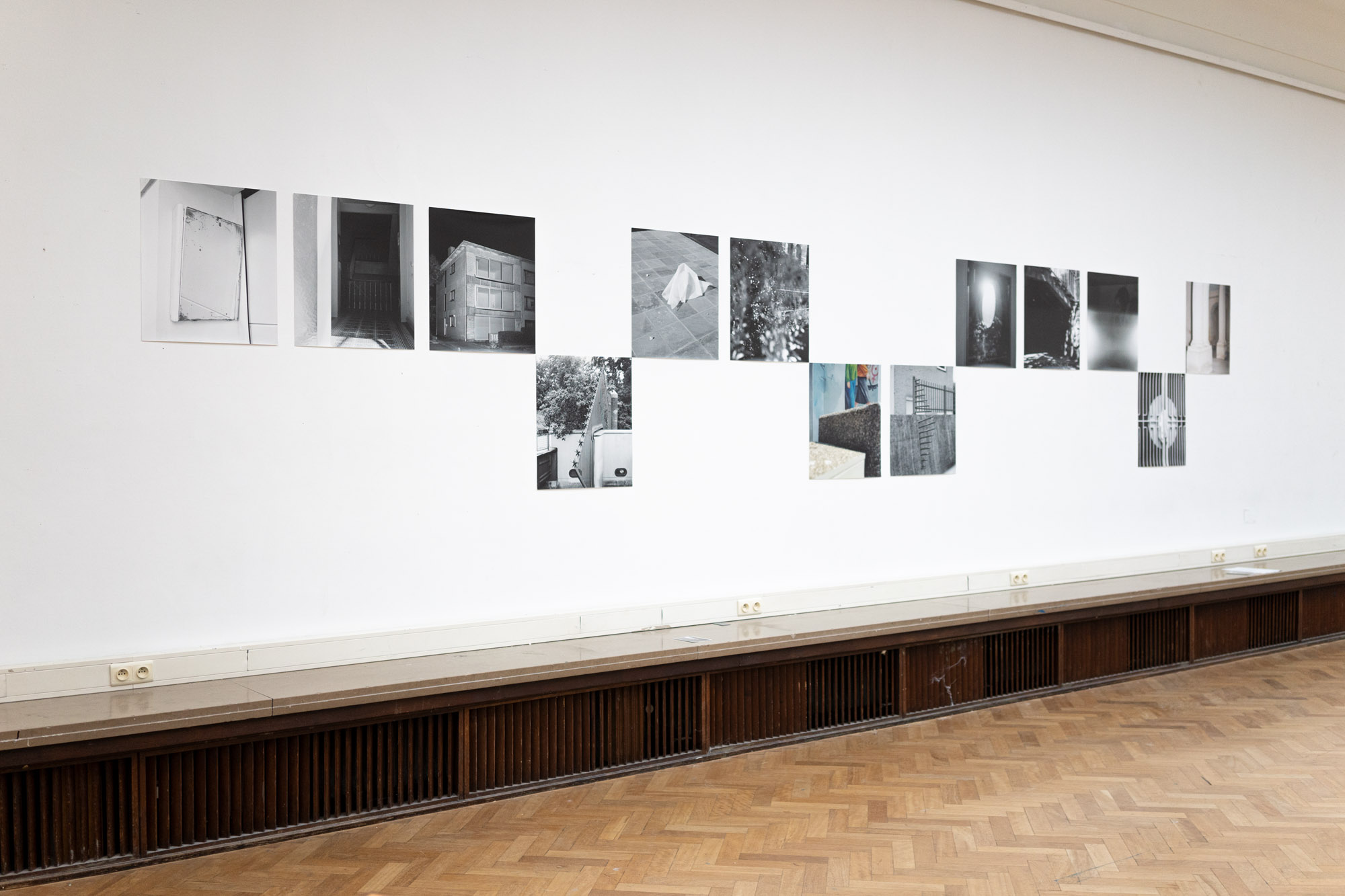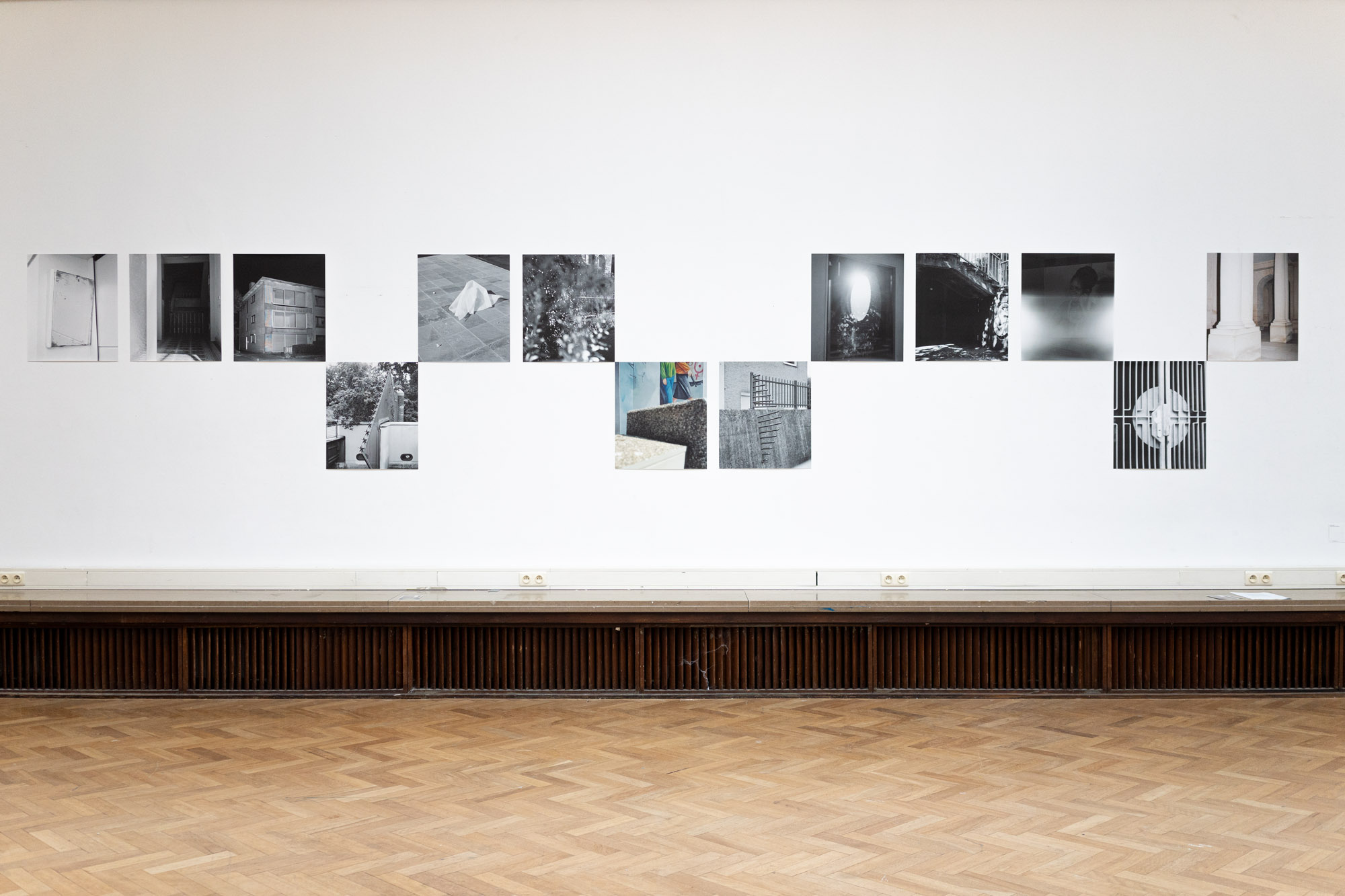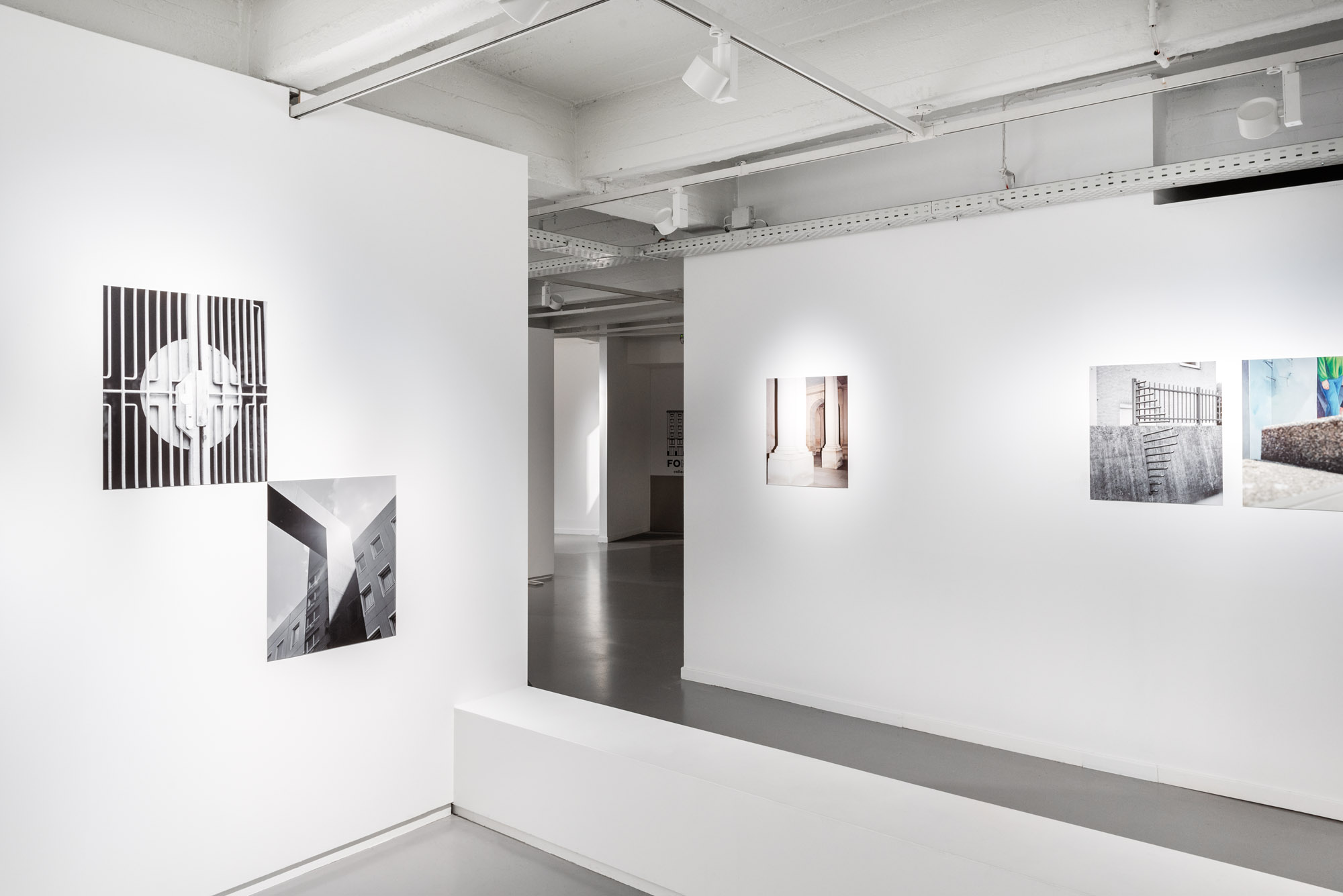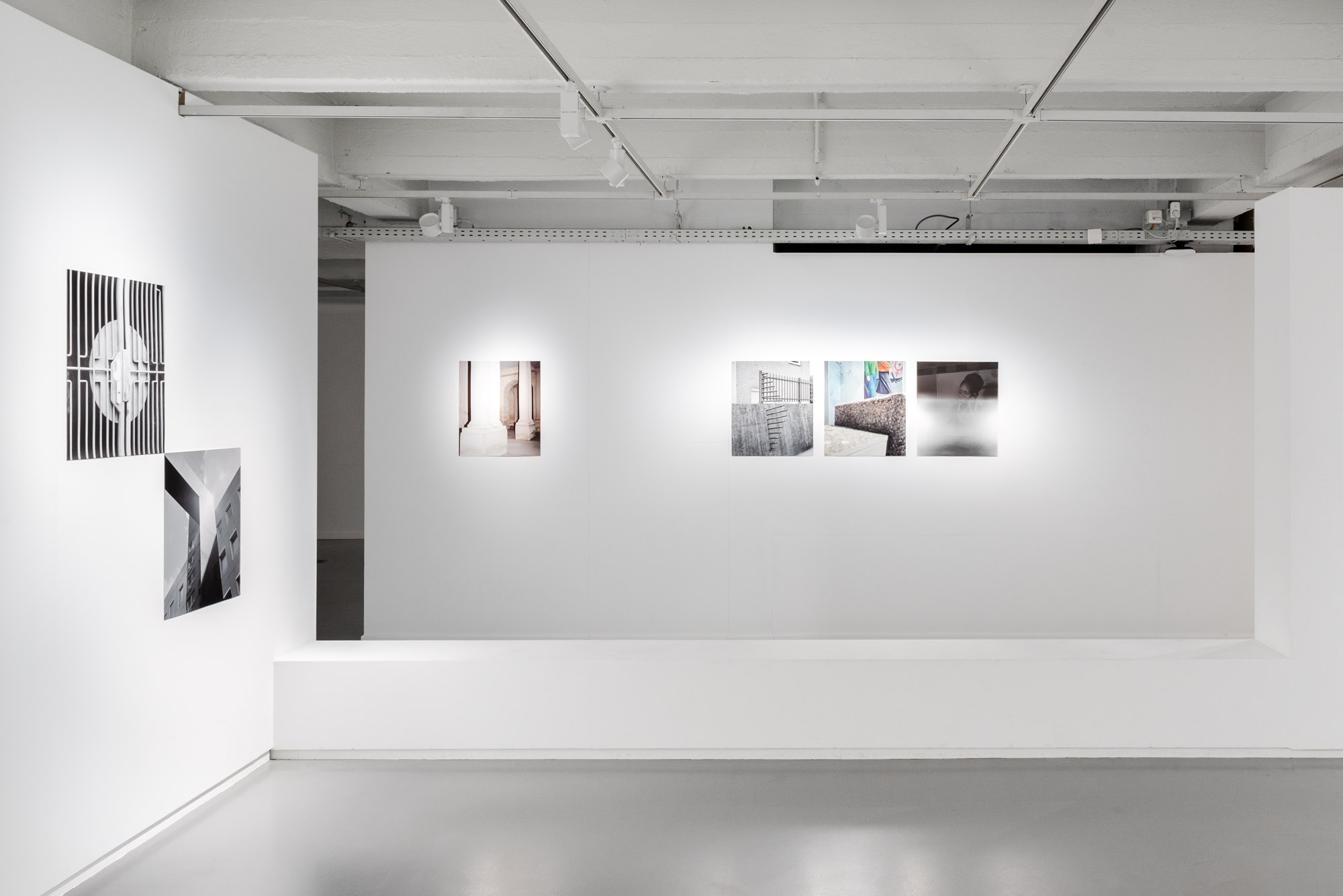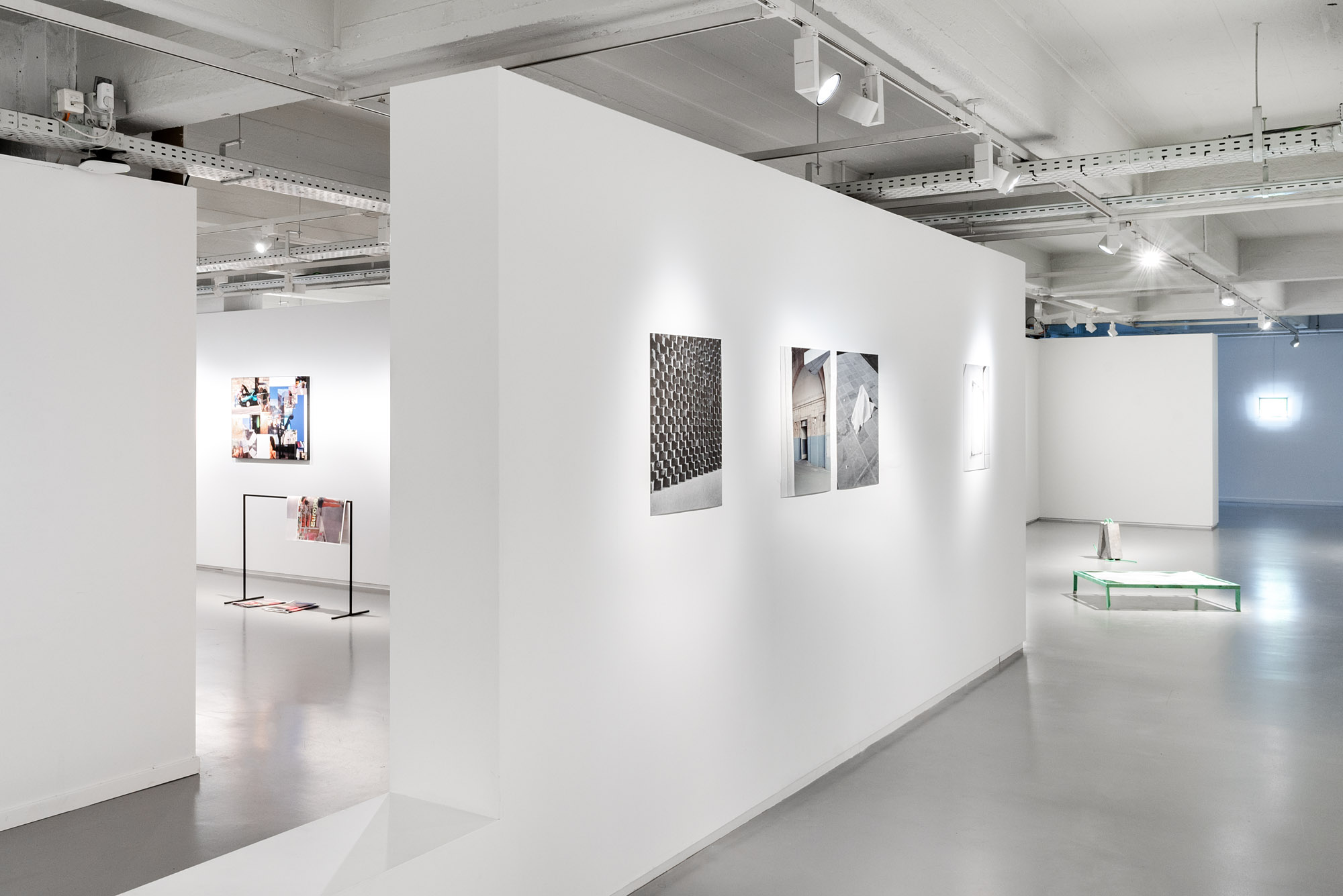Walking, wandering, contemplating and inhabiting urban spaces means thinking about the idea of freedom. It seems magical, dreamy, threatening and coercive at the same time. Fear and amazement. You have to be awake to what surrounds you. You must have a radar always on, alert to possible challenges. The project reveals the ambiguities of these spaces and their changing disguises.
What if the spaces we inhabit, our bedrooms, houses, buildings, streets, neighbourhoods and peripheries, are the pieces of an intriguing puzzle we did not choose to solve? Spaces are constructed in a political way. They do not escape their own time. Some spaces bring lightness and joy. Others are designed to be coercive. To establish rules and limit people’s activities or possibilities. Spaces that are made to segregate or marginalize. To protect or control. Spaces become images of a hidden power. Cities have this dualism. A dreamy, ideal space. A space where design becomes coercive. We drift and wander, with our eyes closed, as if enveloped by darkness. However, attracted by the light like an insect to a light bulb. In a dreamlike state, we slowly lose our ability to observe whether we are being imprisoned by a coercive model or released by a dream world that is being unfolded to us. ‘A world in which we are both creators and creatures, both makers and prisoners: a world which our actions construct and a world that powerfully constrain us.’ (Philip Abrams, ‘Historical Sociology’)
A contradictory duality. By using our power over space and reacting to the coercion, or simply contemplating the space, we turn the duality into something hybrid. Encompassing all kinds of things and places that are transformed by a moment of careful observation.
To transit space is simultaneously to be subjected to the puzzle and to claim our capacity to redefine it. We can choose to inhabit the labyrinth, which can be at the same time the way to escape from it.

























